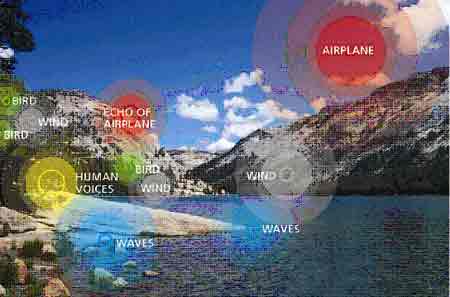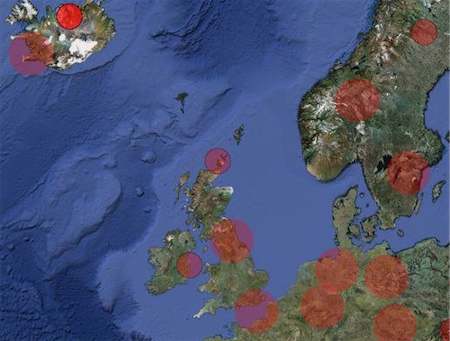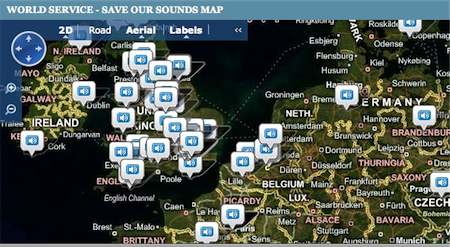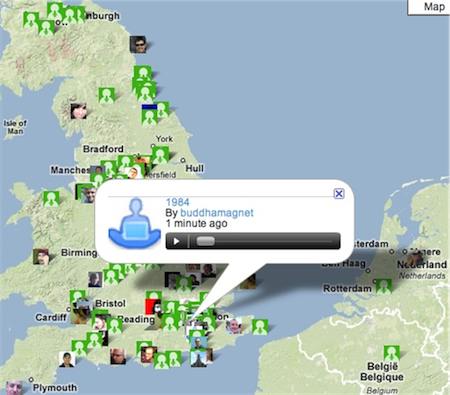Another Round of “Wind Turbine Syndrome” Fever Hit the Press, Blogosphere
News, Wind turbines 3 Comments »A recent article in the UK newspaper The Independent has triggered an avalanche of commentary in the press and blogosphere about the possible health effects of living near wind farms; more is sure to come when Nina Pierpont’s Wind Turbine Syndrome book is finally published this fall. In the book, Pierpont posits a set of symptoms that can crop up in people exposed to wind turbine noise; she suspects that low frequency noise is the key factor, and that people with vestibular system imbalances may be especially prone to problems. UPDATE: The wind industry in the UK responded vehemently to the article, which was reprinted in several cities.
At its root, most of the hubbub centers around whether Dr. Pierpont’s research qualifies as science. The fact that she’s publishing a book instead of journal articles is the first complaint, and relatively easy to understand from a scientific perspective. But less valid are critiques that claim she used too small a number of people, or did not use “controls”; these complaints are based on a misunderstanding (or conscious misrepresentation) of her work. Much of the criticism is spurred by the perception that she is claiming that the health effects she cites are common, or are likely to occur near any and all wind farms. As widely noted, wind farms are up and running around the world with little evidence of dire health effects. However, just as anti-wind activists are clearly putting too much weight on her very preliminary research, so too are wind advocates being too quick to discount Pierpont’s study as hogwash. More broadly, there is a risk that doubts about the validity of a formal new “Wind Turbine Syndrome” or other low-frequency effects will distract both the public and policy-makers from the more concrete question of whether current wind farm setbacks adequately protect neighbors from sleeplessness, stress, and simpler, well-known effects of disturbances caused by audible noise. I’ve been bouncing around the web in recent days, adding what I hope are thoughtful comments to newspaper and blog stories on the issue, and wanted to share some of my commentary here with you all as well: Read the rest of this entry »






